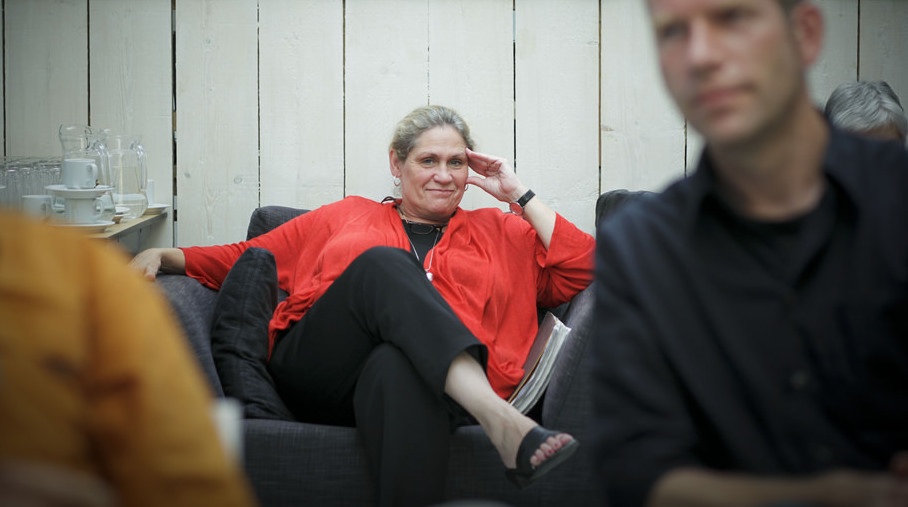What I know about fab labs: Sherry Lassiter

Despite two-decades in science journalism, Sherry Lassiter has become part of the technology story rather than a storyteller.
After working as production, writer and director for television series such as Scientific American Frontiers, Discover the World of Science, and The Science Times, Lassiter shifted tack to indulge her interest in making things.
And so, in 2009, the Fab Foundation was born in Boston. It’s the umbrella organisation that promotes the global network of fab labs, or ‘fabulous laboratories’, which specialize in speedy small scale prototyping and teaching people to DIY.
Lassiter, a Fab Foundation cofounder among her other accolades and roles, was visiting Egypt in March for the second time to take part in Maker Faire Cairo, for which Fab Lab Egypt is the main organiser.
Providing participants with fabrication labs and introductory and advanced diplomas, Fab Lab Egypt was founded in 2012. It’s part of the Fab Lab network, a platform that encompasses over 200 digital fabrication facilities in 34 countries, giving people access to tools and knowledge that support innovative ideas - or just tinkering.
We landed an all too brief interview with Lassiter, who as president and CEO of the Fab Foundation was heavily in demand from stalwarts of Egypt’s massive maker movement.
Anybody can make anything. You have computer-based design tools and computer-controlled machines that are very inexpensive, so you can be a maker. These technology tools have changed manufacturing sectors [so] nobody can keep pace with how quickly the technology industry is growing. We provide individuals access to these tools and teach them what can they do, and we let them innovate to keep up with what large industries are doing.
Fab labs must give people more than just tools. To grow digital entrepreneurs, we not only have to provide them with the needed infrastructure, we also have to provide them with the education that teaches them how to integrate electronics with physical prototyping. When you reach prototype, you have to find funding, so we need venture capitals and people who will invest in makers and small products. Once you find these investors, you have to figure out how they will manufacture, so we have to make flexible manufacturing facilities or else we have to fund making things in the US for example and then send them here.
Making one product takes a village. It takes an individual mentor to help you bring your idea into the world. It takes financial institutions. It takes educational institutions. It takes government policies that will enable the environment for digital innovation.
Every project needs a go-between. There are hundreds of thousands of innovative projects that big corporations don’t know about. So you need a kind of an in-between, an organization that helps you reach these organizations. VCs want business and marketing plans, and of course not every project wants multibillion dollar funding, so this in-between will help you find which VC you can pursue and advise you with crowdsourcing.
Making stuff is long and hard. It can take a week or a month to transform an idea into a prototype. But it sometimes takes two or three years to move from prototype to manufacture to the market.
Feature image via Jean Baptiste Paris.


